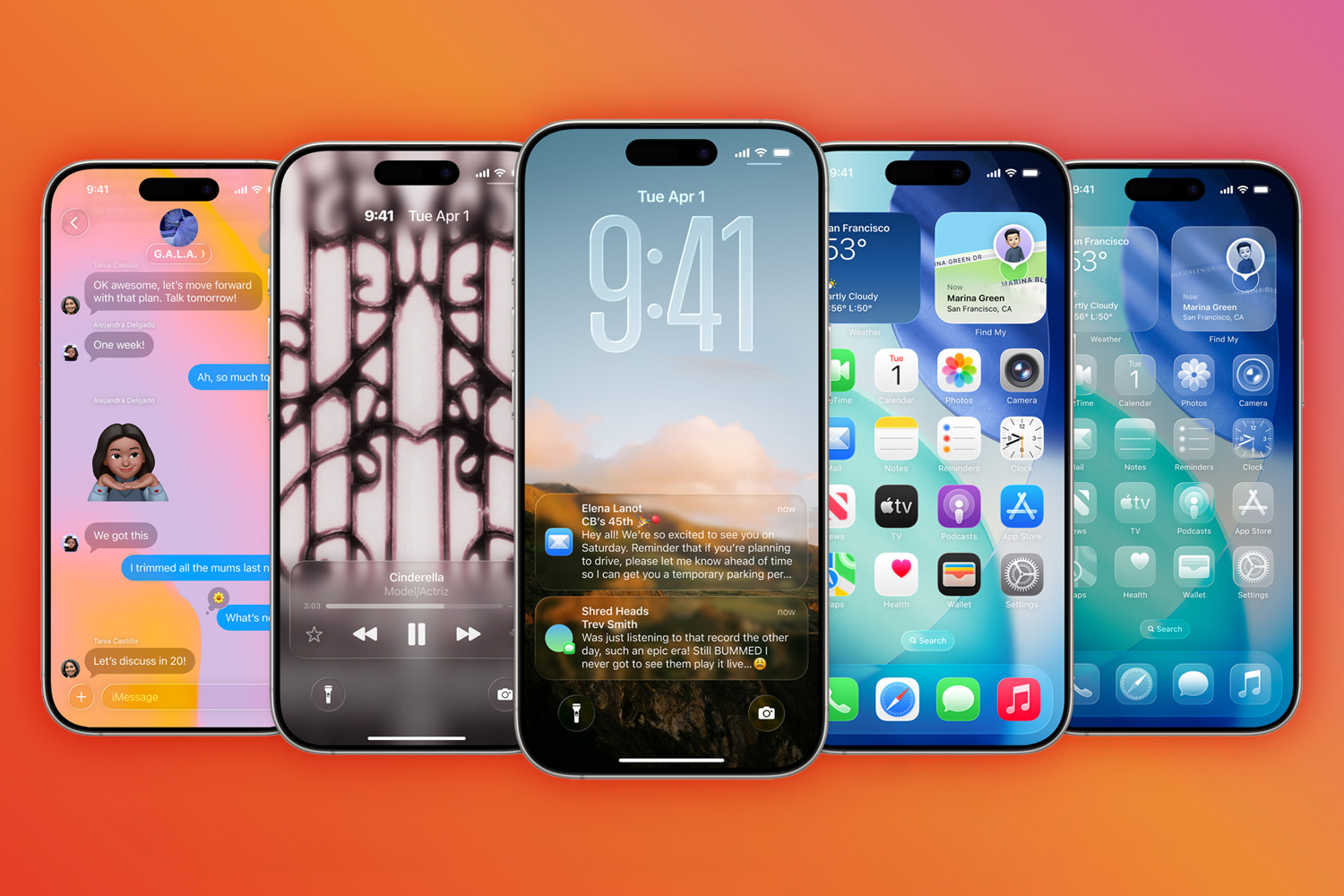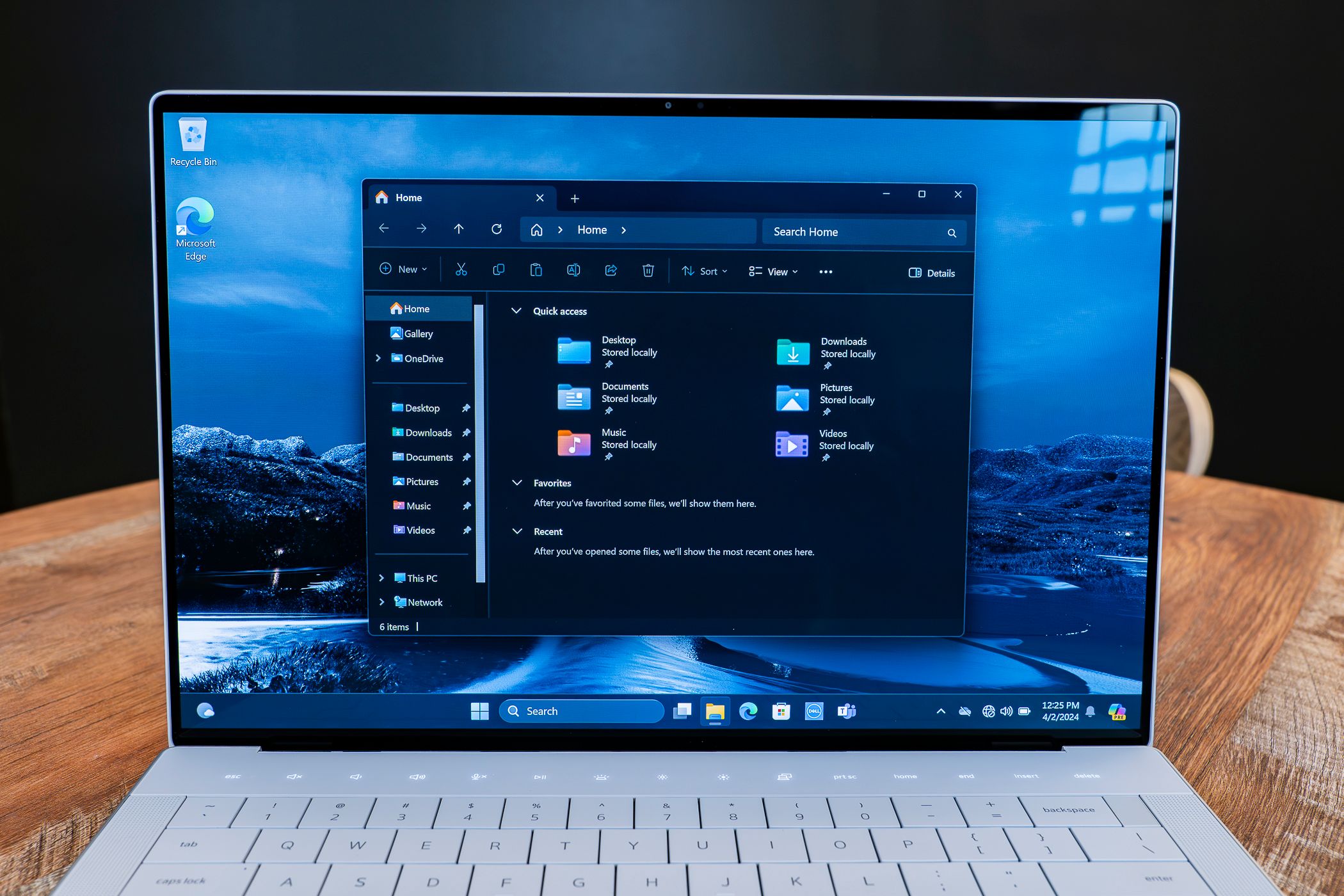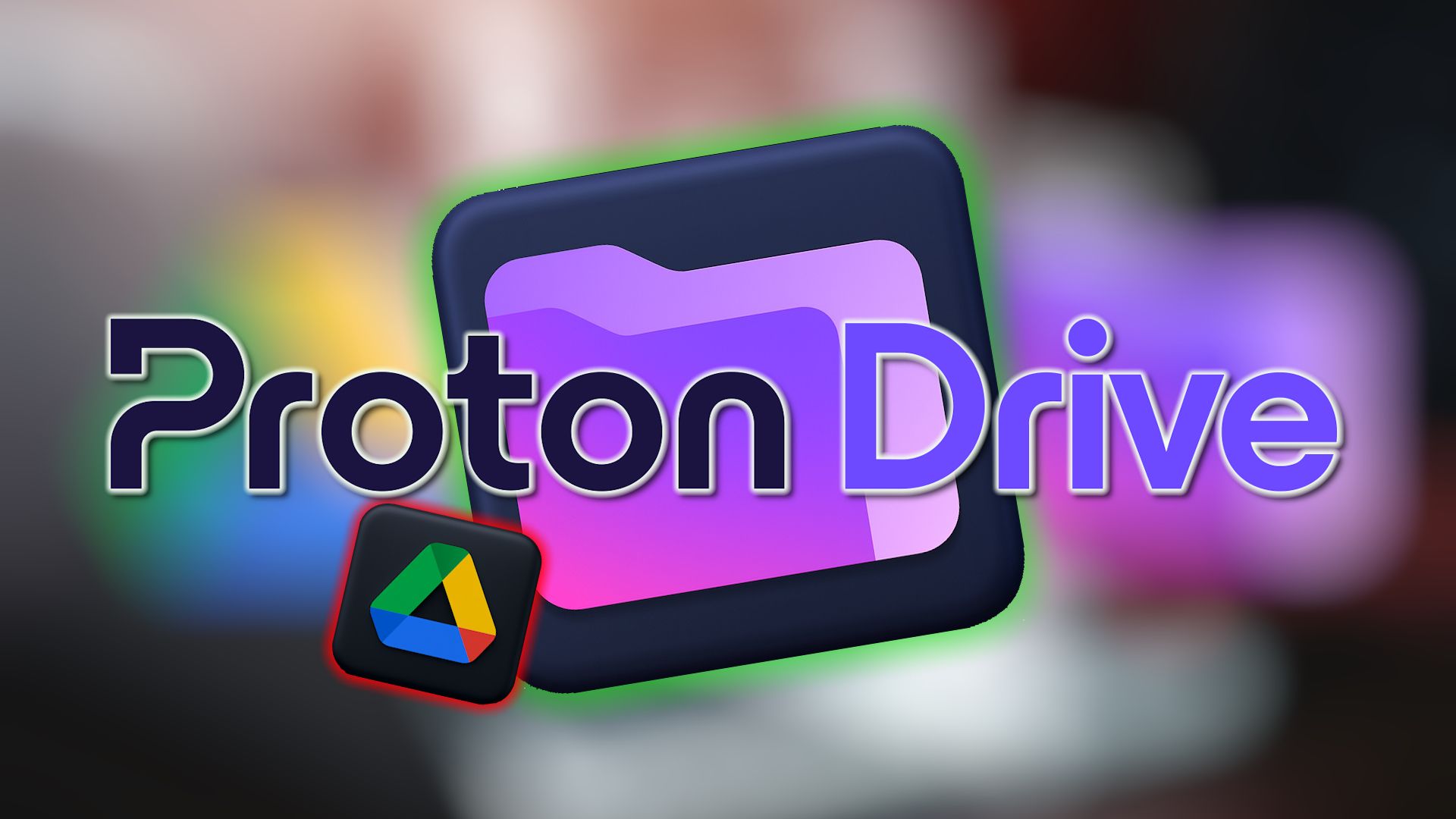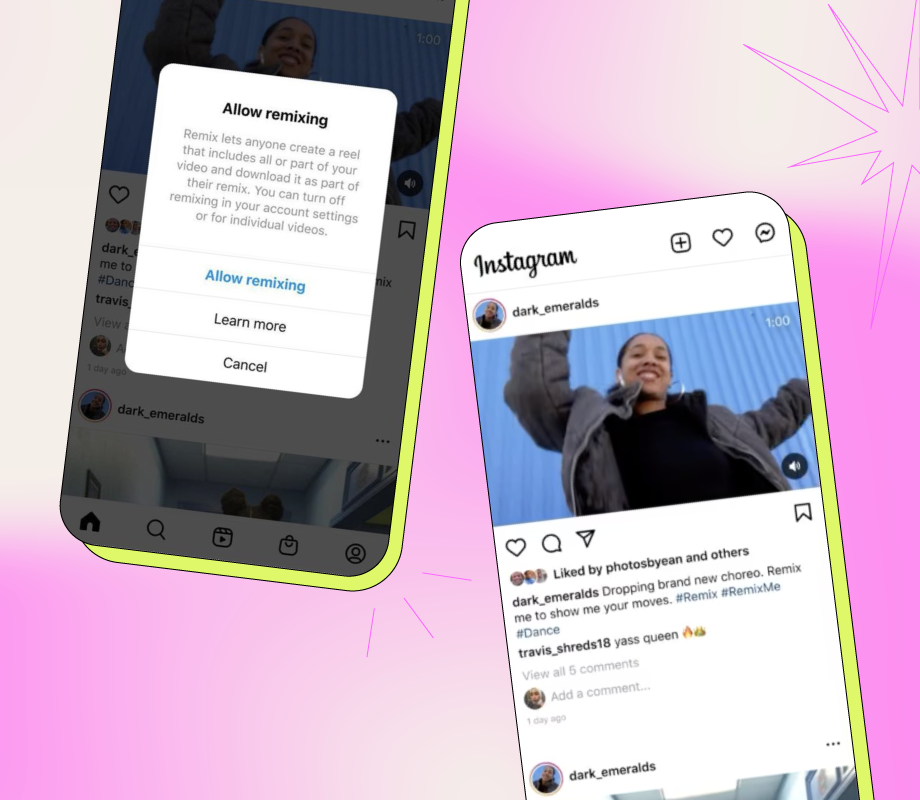Social media plays an incredibly important role for businesses looking to boost engagement and make meaningful connections with their online audiences. Companies that successfully navigate the world of social media often receive much more positive responses about their brand, and this in turn results in greater trust and loyalty from customers. If you’re looking to build your brand, social media is essential. Here’s why and how your business can use it strategically to reinforce your brand narrative.
Image source: Deposit photos
Why is Brand Building so Important?
Your brand identity is how you define your business to your audience and your employees. It’s what you value most and your company’s purpose, which is why it feeds into everything you do, from your marketing strategy and ad messaging to the way you design your office and your web design. A strong brand will increase the value of your company enormously—think about the likes of Apple and the fact that their name is synonymous with technology.
For any brand today, however, the biggest advantage is where your company lands in search rankings. As Justin Aldridge, Technical Director at Artemis Marketing, explains “Google, in theory, tries to reflect the real world, and rewards businesses that are seen as ‘brands.’ For example, it’s easier for Google to rank Rightmove for property related searches as it’s a known and trusted brand. Why would it rank another website? For a small business, it can be very difficult to appear as a recognised brand, that’s why generating brand signals for search can be very difficult”.
It’s easier to acquire new customers when you have a strong brand, because it builds trust and helps your business stand out in crowded markets. When you’re familiar with a name, you’re more inclined to shop with them over a company you’ve never heard of. What’s more, once you’ve gained those customers, your brand is essential in retaining them.
Brand, branding and brand building: What’s the difference?
While they may sound like the same thing, there are distinct differences between these three terms. Brand building is a collaborative process between marketing, design, and executive teams who will work together to decide how you want the business to look and feel. It’s the personality of your company and plays into how you develop your brand presence online.
Your branding is the application of your brand identity, such as your logo, marketing and sales materials, and web design. Branded elements are also what you’ll use on social media to help your company stand out. Lastly, your brand is the outcome of all of this work—your business’ overall look and feel that is recognizable to your customers when it’s implemented correctly.
How Does Social Media Impact Brand Building?
Social media benefits brand building in several ways, starting with SEO. Your social media profiles often rank highly in search results for brand names, which means they’re useful for controlling your online narrative. It’s also beneficial for networking and relationship building, because it provides unprecedented access to customers, industry leaders, and potential partners.
Social media serves as a distribution channel for your broader content marketing efforts too. Blog posts, whitepapers, case studies, and other assets gain significantly more reach when they’re promoted across your different social platforms.
From repurposing long-form content into different snippets for other platforms to making use of platform-specific features like LinkedIn articles and Instagram Stories, you can tailor your content to suit the audience and format, and build your brand across social media. However, whether it’s videos, blogs, or live streaming, staying true to your tone of voice and maintaining a uniform look and identity across all your channels is essential. Your audience needs to recognize your brand as yours regardless of whether they’re finding your work on Instagram, X, or TikTok.
Strategic Applications Using Social Media
Social media makes it easier than ever to get your brand in front of the right people. It’s an effective way to let people know what your company stands for, the products and services you offer, and your values that drive your mission. It also makes it easier for people to connect with your brand, which means that consumers feel valued and like their voices are genuinely being heard by decision-makers.
However, different platforms require a different approach and strategy in order to reach the right people and get your brand seen.
LinkedIn is the leading platform for B2B brand building, personal branding, and professional networking. It’s ideal for professional discussions and establishing thought leadership, which you can achieve by sharing industry insights, behind-the-scenes content of your company, educational pieces like how-to guides or best practices, and company news or updates.
To perform well on LinkedIn, you need to position your brand as an industry leader by sharing unique perspectives on market trends, commenting thoughtfully on industry developments, and engaging meaningfully with other professionals’ content. This helps you build a network of industry connections that will hopefully translate into business opportunities.
As a visual-first format, Instagram is perfect for lifestyle brands, showcasing products, and posting inspirational content. It hosts a range of content formats, from feed posts and Stories to Reels and IGTV, so as a business, you have several options for how to connect with your audience and build your brand.
Some of the most high-performing types of content on Instagram include aspirational storytelling content that’s aligned with your brand’s values, user-generated content and customer stories, product tutorials, and educational carousel posts.
Users on Instagram tend to want to find entertaining content or inspiration, so make sure your posts are visually appealing and emotionally engaging. It’s an opportunity to humanise your brand and show the people behind the business which will help you expand your reach authentically.
X
X, formerly Twitter, excels at real-time conversation and rapid response marketing. Its fast-paced nature makes it well-suited to reactive content and participating in trending discussions, putting you at the heart of conversations as they unfold.
To build your brand here, you need to be engaging in conversations with industry leaders and customers, sharing quick industry updates and news commentary that shows authority and expertise, and sharing bite-size tips and insights. Timing and relevance are everything when it comes to X, so brands that can respond quickly and maintain a clear brand voice will see higher engagement rates.
TikTok
The TikTok algorithm is incredibly powerful and if you post the right type of content, you can find your ideal audience very quickly. While it might be seen as a platform for a younger demographic, the user base is diversifying rapidly, and you can reach various age groups. Creativity wins out on TikTok, so try to find unique ways to post entertaining videos that are authentic rather than polished.
This is a great platform to experiment with trends while maintaining your brand identity, making sure you’re posting relatable content over highly produced videos. That’s not to say you can throw professionalism out the window, but it does mean you can have more fun with your posts here, such as looking at trending audio or hashtags you can participate in.
One of TikTok’s biggest advantages is that it rewards consistency and engagement. Posting regularly—even if it’s just a few times a week—can really boost your brand visibility and help build a loyal following. Take the time to interact with comments, respond to other creators, and stay active. The more you engage, the more the algorithm tends to favor your content, so you’ll grow organically faster.
YouTube
As the internet’s second-largest search engine, YouTube is essential for brands who want to establish authority online. While YouTube Shorts have grown in popularity, this platform is really suited to long-form content so you can dive into topics in detail and really educate your audience.
Grow your brand on YouTube by posting comprehensive tutorials and guides, product reviews or demonstrations, interviews with experts in your industry, or webinars that educate and inform. With regular postings, you can treat YouTube as a searchable library of your brand’s expertise and create playlists that guide your viewers through your knowledge and brand story.
What makes a brand presence stand out?
There are several components needed for a strong brand presence on social media to ensure you stand out in a sea of other brands. The first is consistency—you need to ensure that anyone involved in building your brand and external-facing materials knows the precise colors, fonts, and graphics to use so that your brand presence is clear and cohesive on every platform. Style guides are essential here so that everyone is working from the same guidelines.
The second is a story. Part of brand building is telling a compelling story that gets people interested in your products and services. With each post you publish and every caption that goes live, you have the chance to share a story that resonates with your target customers, so don’t waste that opportunity. Tell your followers the journey of a new product and how it came to life rather than simply telling them it’s available.
A few ways to incorporate brand storytelling into your posts are how the team developed the latest product, the mission of the business, highlighting a contribution from an individual employee that really made a difference, or how one of your products or services has impacted users.
Tied to this is having a unique voice. It pays here to think about your industry as a whole and whether you want to align with that or stand out, and whether that’s the right move for your company. Beauty and wellness brands, for example, tend to be more casual but maybe you want to highlight your expertise and want to adopt a more formal or authoritative tone to set yourself apart.
Social media’s role in brand building goes beyond simply posting content. When it’s approached strategically, it becomes a powerful tool for establishing thought leadership, building customer relationships, supporting your wider SEO efforts, and driving business growth. To be successful in this endeavor, pay attention to each platform’s strengths so you can create valuable content that resonates with your audience and is consistent with your branding, so your followers can recognize your content straight away.










